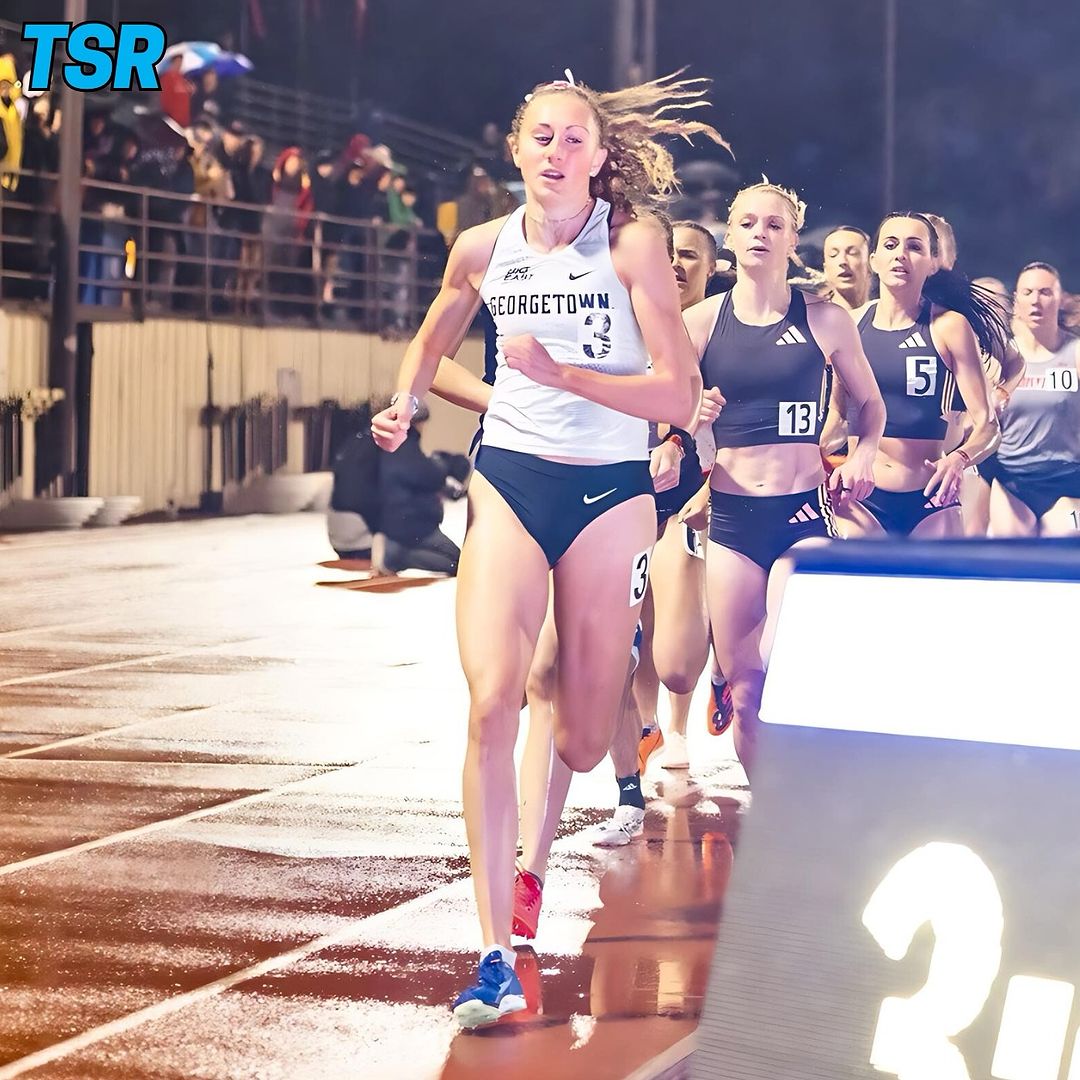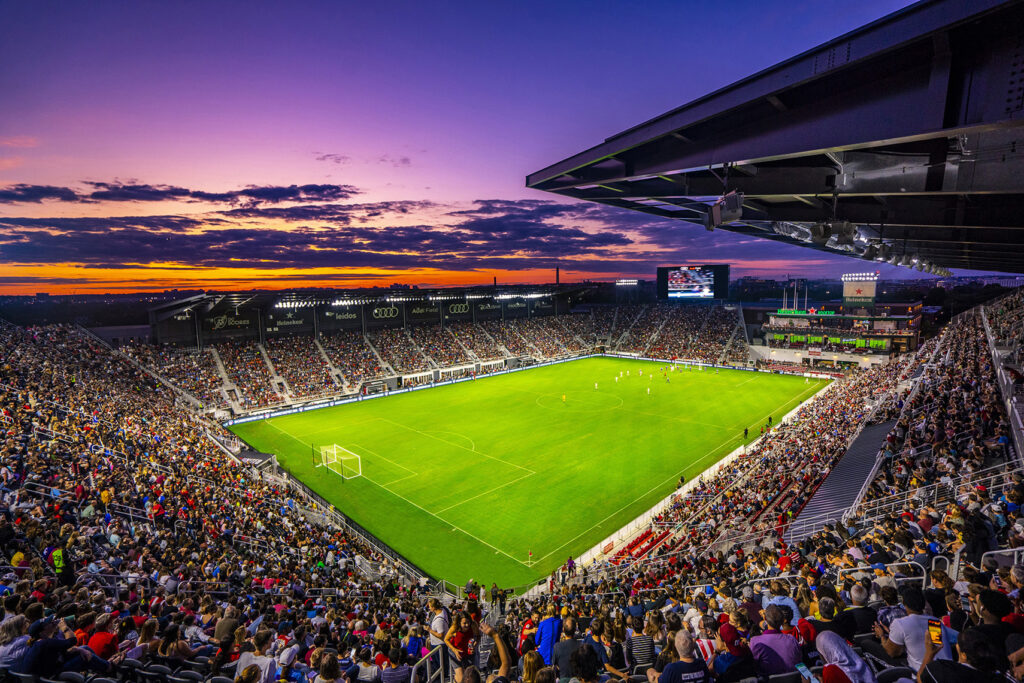Regularly, we hear complaints about various sports. Baseball games take too long. NBA players don’t play defense. There is not enough scoring in soccer or hockey to attract American fans.
Fans and critics often cite these and other concerns when discussing particular sports. And when an event happens that exemplifies one of these concerns – such as a five-hour long Yankees-Red Sox playoff game – the media has a field day talking about it. They invariably begin to wonder whether fans will continue to stay interested in that particular sport if the criticism being discussed becomes more prevalent.
Usually after a while, though, these talks die down. Each sport has a loyal fan base; casual fans – the lifeblood of any sport – come and go as the stories wax and wane. Except perhaps for the lack of scoring in soccer and hockey, the nature of the game is typically not the reason why fans turn off their televisions. But one recent discussion has had a different feel compared to previous uproars, leading me to wonder whether the issue really is a big deal for its sport. I am talking about the increased attention paid to helmet-to-helmet collisions in the National Football League.
For the most part, all professional games are played at an exciting, and extraordinarily physical, level. What determines fan interest is whether they find the drama compelling enough to keep watching.
Similarly, head-to-head collisions have always been a part of football. When you have world class athletes running as fast as they can, players will inevitably bump heads and some will get hurt. But what appears different now is that more defenders are using their helmets – not their arms or shoulders – to make tackles and to strip running backs of the ball. Players have been fined in the past for blatantly dangerous plays, but these types of helmet-to-helmet collisions have never been more prominent in the minds of fans.
Even after the first few weeks of the 2010 NFL season, despite multiple marquee quarterbacks – such as the Eagles’ Kevin Kolb, the Bears’ Jay Cutler and the Packers’ Aaron Rodgers – succumbing to concussions, the issue didn’t seem to resonate with fans. It’s similar to the steroid problem baseball faced in the early 2000s: Fans lament the fact that players can sustain life-altering injuries from these collisions, but that dreadful thought doesn’t affect their viewing habits.
What brought the issue of these injuries to national prominence, though, was week six, which featured a number of high-profile head-to-head, cringe-inducing collisions. In Philadelphia, both Eagles wide receiver DeSean Jackson and Falcons defensive back Dunta Robinson left the game after a devastating collision. Steelers’ linebacker James Harrison led with his helmet into Cleveland Browns’ wide receiver Mohamed Massaquoi, leading to a $75,000 fine against Harrison. But the ugliest collision took place in New England, where Patriots’ safety Brandon Meriweather drove his helmet into Ravens tight end Todd Heap’s head gear. Meriweather was fined $50,000 for his hit.
To its credit, the NFL has been proactive following this spate of dangerous plays. Ray Anderson, the league’s executive vice president of game operations, has declared that players will face fines and possible suspensions if they use their helmets as weapons against defenseless receivers. Still, based on the public discourse on the topic, is the declaration enough?
Unlike most other sports discussions, the issue of helmet collisions and concussions has transcended ESPN and found itself on the front page of The New York Times and the general news circuit; it is now part of the national consciousness. Stories have been written on helmet safety and what researchers know – and still don’t know – about concussions. I wouldn’t be surprised if Congress held more hearings on the topic.
While these storylines are important, they will ultimately fade away as newer stories emerge. What may remain in the minds of fans, however, are the gut reactions they have to these plays. For the first time, we had some fans say they could not stand to watch these horrific plays: the injuries were that jarring to their sensibilities. Before this season, it would have been unimaginable to think that football fans could be turned off away from the NFL precisely because of the product on the field.
It remains to be seen if players will continue to use their helmets as weapons or if the NFL will be able to curtail the epidemic. Based on its actions, the league has realized that the exploits during week-six crossed a line even for football fans who glorify the toughness, speed and hard hitting found in the NFL. The league even had to pull photos off its website that fans could buy showing these hits.
Anytime we see a dangerous hit in the NFL, we are going to think back to this season’s collisions, which angered many fans and kicked off a national conversation about safety in football.
Like most knocks or crises for sports leagues, this problem may just as well go away. But if it does not, we will have realized that what most damages a league is not labor strife, a lack of scoring or steroids, but instead whether the games on the field are viewable.
Nick Macri is a senior in the College. He interned for the National Football League this summer. THE BIG PICTURE appears every third issue of HOYA SPORTS.








